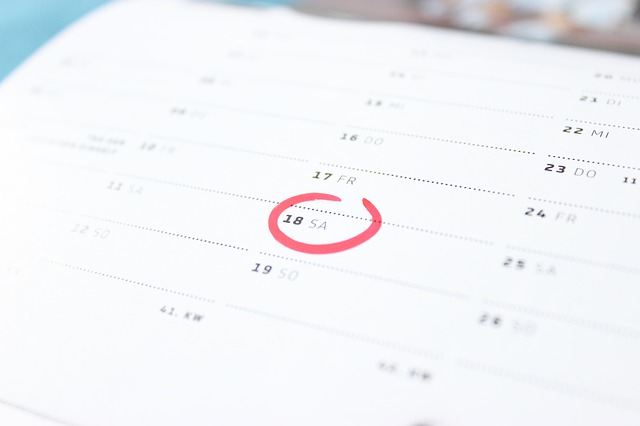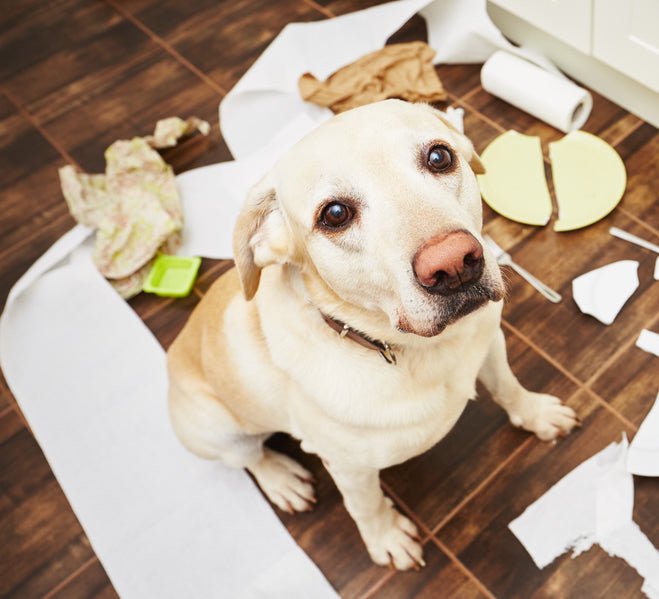So you've had it! That bad habit your dog has of (fill in the blank) has finally gotten you to your breaking point. The problem is that the behaviour is a habit and as we know, habits can be hard to break. So how do you eradicate the bad habit? How do you create a new, better habit?
They say it takes an average of 6 weeks to change a habit. Unfortunately, current research shows that humans tend to get distracted and lose interest within minutes - sometimes as few as 5 minutes. You can see the conundrum this creates.
So, despite our best intentions, it's easy to see why the bad habits our dog's learn, often remain for life. It doesn't have to be like that though. When it comes to breaking a habit, a little planning can go a long way.
Forge a Plan
First, identify the problem. What exactly would you like to change? A clear identification of the problem is important, so don't gloss over the planning phase. First, decide what it is you don't like and come up with a plan on how to change it. Are you looking to improve your dog's greeting manners? Perhaps they like to jump up on people and you're ready to stop that from happening. You need to come up with a solution that you can carry out consistently. Also, think through the variables in the situation. How are you going to help the dog? Are you going to teach an alternate behaviour? Answer these questions:
When: When does the behaviour occur?
- on walks greeting strangers
- at the front door when people visit
What: What is the problem you are trying to solve? What is the ideal solution?
- stop Fido from jumping on guests at the door and on walks
- I would like Fido to sit for greeting
How: How are you going to change the habit?
- I will bring tasty treats with me on walks.
- I'll warn people that I'm training, so please don't come in quickly to the dog - perhaps a "do not pet" harness?
- Reward well for sitting as people approach. Fido might not be able to actually greet initially - might have to build value for holding the sit first
Note the Date
 On average, it takes 6 weeks to change a habit. Mark your start date on the calendar and an end date 6 weeks following. By the end date, you may not necessarily be ready to stop training, but it's a good idea to keep note of your progress as much as possible, which leads us to our next point...
On average, it takes 6 weeks to change a habit. Mark your start date on the calendar and an end date 6 weeks following. By the end date, you may not necessarily be ready to stop training, but it's a good idea to keep note of your progress as much as possible, which leads us to our next point...
Keep a Journal
You may think you'll remember all of the nitty-gritty details, but you won't. Keeping a journal will remind you of the task at hand and keep you working towards your goals. It will also help you track your progress as you work through the problem. Note as many details as you can. It will help you figure out where to put your energies. It will also aid tremendously in troubleshooting and boosting your confidence as things progress.
Accountability
Talk to someone about the problem. Maybe it's a friend who's having a similar problem. It's always fun to work through an issue with someone else. Maybe it's a dog trainer who can help you with techniques and methods. Maybe it's an online dog training group. Accountability with someone else who's invested in your success will help keep you on track and moving forward.
Patience and Adaptability
As we mentioned, 6 weeks is a guideline, but some habits are far bigger than what 6 weeks may allow you to fix. Or maybe there are more variables than you can cover in 6 weeks. Be patient and work at the dog's pace. If they aren't a model citizen after 6 weeks, put together another plan for how you're going to keep making progress.
In the end, it will be worth the effort.
As always, Happy Training!
|
|
Hi! I'm Shannon and I joined the McCann team in 1999 while training Quincey, my wonderful and spirited Rottweiler, to have good listening skills. I'm the Director of Online Training and Content for McCann Professional Dog Trainers and I enjoy writing about dogs and dog training for the McCann blog. I currently share my life with 2 Tollers (Reggie & Ned) and I love helping people develop the best possible relationship with their 4-legged family members. |


